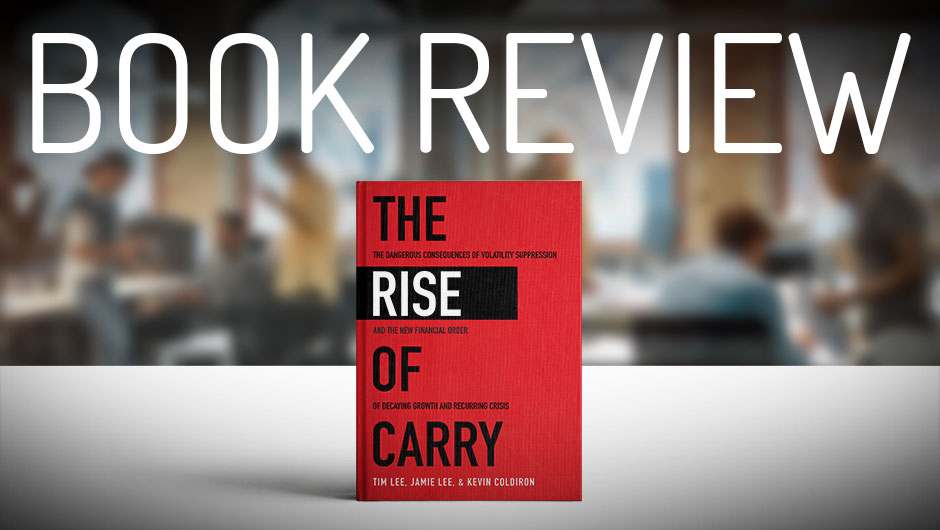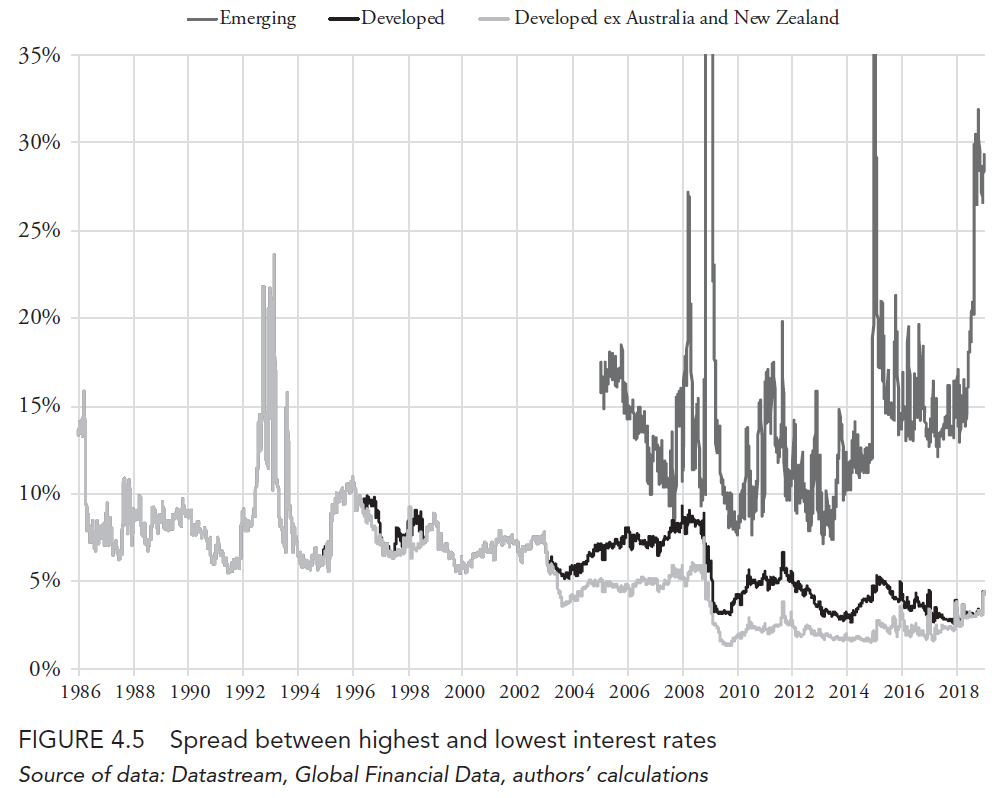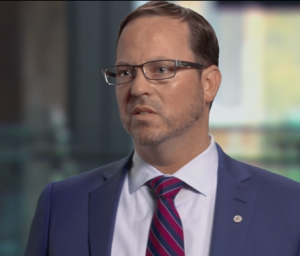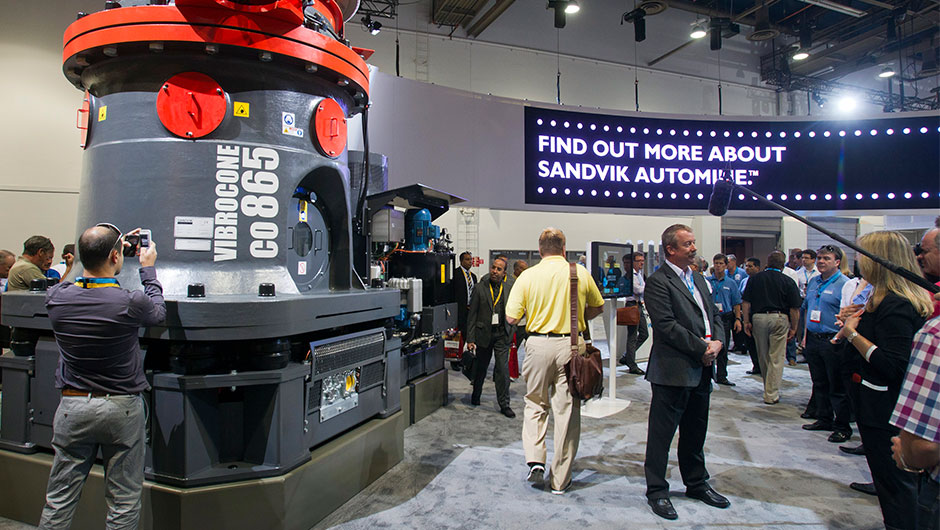The Dangers of Carry for Corporate Treasurers

Amid global market turmoil sparked by COVID-19, carry trades are unraveling. A new book contains powerful insights for the treasury community.
Today, we are in the midst of carry bubbles coming undone, with a rush of one-way trades rendering stop losses useless as market makers become unwilling to make a price. Our first priority as treasurers is to protect our companies’ financial assets, followed by many other ways we add value to the business. Are corporate treasurers looking at carry risks closely enough to understand the potential short-term and long-term risks to our businesses? I read a lot of books about the financial markets – I recently came across one that stands out from the rest – corporate treasurers will prize this one.
“The Rise of Carry: The Dangerous Consequences of Volatility Suppression and the New Financial Order of Decaying Growth and Recurring Crisis,” is a well-timed new book that delves into the evolution of and escalating risks from the proliferation in carry trading since the global financial crisis. Kevin Coldiron, Tim Lee, and Jamie Lee have written an important work, the true value of which may not be fully realized until the unknown macro consequences of central bank market intervention become known. The book is thorough and thought-provoking covering all types of carry with relevant examples and perspectives supported by empirical data.
Lead us not into temptation
As corporate treasurers we are not in business to profit from carry trading, we utilize carry with the intent of protecting our companies’ assets. It is important that we have an in-depth understanding of the markets and what is driving them to avoid the potential unintended consequences of carry. We are familiar with the quote credited to Warren Buffett referring to derivatives as “financial weapons of mass destruction;” however, Warren has been known to use derivatives himself – the quote should really include “….if used for the wrong reasons.” Currency carry trades can be used for the right reasons and they can be used for the wrong reasons, and most treasurers know exactly what I am talking about; however, there is some gray area when faced with decisions that involve the use of carry. The authors show that by artificially suppressing volatility, central banks have made these decisions more complicated and the use of carry more tempting. In a world desperate for yield, memories have grown short – a potentially dangerous scenario.

Treasurers not operating in foreign countries or foreign currencies can focus on managing net interest income, duration and repricing risk of their asset and liability portfolio according to their objectives; although, even this has become more complex with market dynamics and regulations on banks’ leading to the desire for deposits varying over time and less correlated with borrowing rates. When you add FX exposures into the mix it becomes even more multifaceted and important that treasurers have a clear objective and understand the potential impacts of various strategies involving carry. Depending on the type of business you are in and what the business model looks like you may not only be managing FX spot risk but also carry risk. A more complicated business may require consideration of FX cash flows, non-functional monetary assets and liabilities, net investments, translation, inflation and interest rate repricing risks in various currencies.
Lured into leverage
Foreign currency (“FX”) opportunity and risk management and optimization strategies require a balance of risk and carry amongst other considerations. I have witnessed carry in illiquid pairs move more than four standard deviations, but this isn’t the most dangerous carry scenario if you are hedging real economic risk. Ignoring non-deliverable currency contracts, for liquid currency pairs, the difference between the current spot rate and the forward rate is purely interest rate differential. In theory, the interest rate differential should be offset by subsequent moves in the exchange rate, such that these highly liquid currency carry trades at inception have an expected value of zero. Why hasn’t this theory held up? In the book, chapter 2 ‘Currency Carry Trades and Their Role in the Global Economy’ examines this question in detail. It explains how the expansion of carry can create a self-reinforcing dynamic – as money flows into high yield currencies it creates artificial exchange rate stability and a seemingly attractive risk/return profile for carry trades. This can tempt non-financial companies to under-appreciate the magnitude of carry risk, leading them to lever up with greater levels of carry and often with longer duration.
Warren Buffet famously said, “It’s only when the tide goes out that you learn who has been swimming naked,” similarly when currency risk manifests itself the effectiveness of companies hedging strategies become known. The speculators can at times get out of carry trades with profit intact, but it is more complicated for corporations who need to consider cash and financial statement impacts – – – not leaving cumulative translation adjustment (“CTA”) impacts concentrated on balance sheets. Are net investments being hedged to pickup carry for short term EPS favorability or because there is a true asset that may be sold at some point in the foreseeable future or a permanent fixture that truly needs to be covered?

Consider a European company that borrows euro to build a production facility in Mexico and they want to protect the EUR equivalent value of that Mexican peso investment, versus a borrow EUR and convert to MXN to earn a higher yield without the intent of protecting an MXN investment. Corporates with investments denominated in currencies different from that of the Parent company may want to protect those foreign investments. Net investment carry trades can arise when a company has an investment and adequate book value to justify a carry trade and the accounting is now more friendly, but the asset isn’t something they plan to sell in the foreseeable future and it is not generating cash flow in the respective currency can be lured in by the carry for the wrong reasons. This is easy money as long as market volatility remains low, but if inflation/deflation gets out of hand will these companies have the cash to fund these carry trades? Oh yes, the cash. And what are the impacts if trades can not be maintained and must be closed out – what remains in cumulative translation adjustment (“CTA”) and does it align with the asset hedged?
No yield without risk
As a treasurer you want to maximize yield, but how much risk are you ready to take on? While nothing new, I am hearing the “custom currency carry index we’ve created” more often over the past year or two – “we pay you based on an index made up of a mix and long and short positions in various currencies.” The pitch is, “your risk is low because the FX spot rates volatility is low and you get the benefit of diversification to create an even lower risk profile and your reward is much higher than many of your other investments.” Sounds good – how do you lose? You lose if history does not repeat itself and monetary policy becomes ineffective at balancing the inflation/deflation paradigm.
In late 2016, I had an opportunity to sit down with economist and former Finance Minister of Greece, Yanis Varoufakis. I enjoy discussion with intelligent people who I have differences of opinion, as it is a great way to learn more about different perspectives. At the time Yanis shared his thoughts on Brexit and here we are more than three years later with Brexit remaining a potential tail risk trigger. As I write this article there are an abundance of tail risks to consider from China trade and technology, Iran – to fears of a potential pandemic. Don’t carry on without reading this one.
THE RISE OF CARRY
The Dangerous Consequences of Volatility Suppression and the New Financial Order of Decaying Growth and Recurring Crisis
By Kevin Coldiron, Tim Lee, and Jamie Lee
240 pp. McGraw-Hill Education. $32.00
Todd W. Yoder is director global treasury at Fluor Corporation
You may also like...

Refining Russian liquidity
March 11th 2020Sandvik’s determination to centralise cash across its Russian operations led it to break new ground...

Fluor’s Yoder on FX risk for multi-national corporates
December 12th 2019Foreign currency (“FX”) continues to be a hot topic in the media and one of the core treasury...